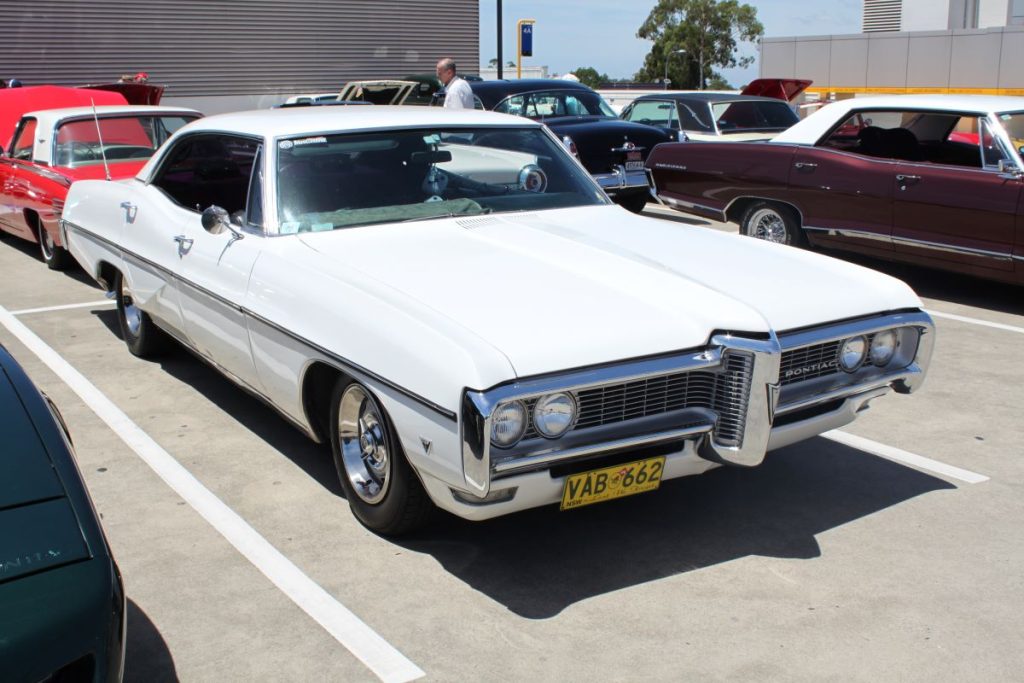Despite being produced for nearly three decades (1959-1986), the Parisienne is not widely recognized as one of Pontiac’s classic icons. One reason for this could be its origin in Canada, with U.S. availability only beginning in 1983.
Initially introduced in 1958 as a sub-series under the Laurentian, the Parisienne became a standalone model in 1959.
Unlike their American counterparts, Canadian-built Pontiacs had a unique blend of styling, featuring Chevrolet engineering under their Pontiac exteriors.
This approach allowed Pontiac of Canada to offer vehicles at a price just slightly above that of Chevrolet models. This pricing strategy positioned Pontiac as the third best-selling automaker in Canada, trailing only Chevrolet and Ford, for a significant period.
In the present day, the Parisienne is less common than its contemporaneous U.S.-produced siblings, though it has not yet achieved broad collector appeal.
That said, this 1965 two-door hardtop model may be an exception due to its exceptionally rare drivetrain configuration.
Built on GM’s B platform, shared with Chevrolet’s Biscayne and Impala, the Parisienne also featured similar engines. Options included an entry-level 140-horsepower inline-six and a 283-cubic-inch (4.6-liter) small-block V8 producing 195 horsepower.
Above this, there was the iconic 327-cubic-inch (5.4-liter) small-block V8, available with 250 or 300 horsepower.

Additionally, Pontiac offered the 409-cubic-inch (6.7-liter) big-block V8, with a standard output of 340 horsepower and an enhanced version boasting 400 horsepower.
Whether the 400-horsepower version was available in the Parisienne remains uncertain, but some Custom Sport-trimmed hardtops were equipped with the 340-horsepower variant.
In 1965, only 9,878 units of this specific trim were produced, and just 74 of them came with the 409-cubic-inch V8. The black model featured here is one of those rare cars.
Documented by the YouTube channel “Rare Classic Cars & Automotive History,” this particular Parisienne also has a four-speed manual transmission, which is believed to be even rarer.
While Pontiac did not maintain detailed records of engine and transmission pairings, the general consensus is that this four-speed configuration was especially uncommon.
This Parisienne appears to have spent some time in storage, as it shows limited rust and seems to be largely original. The worn black paint is likely the factory-original color, and the bucket-seat interior appears consistent with the factory setup.
As for the engine, it’s not confirmed whether this Parisienne retains its original numbers-matching 409 under the hood.
Although the host of the video does not provide documentation, the engine appears to be both original and unrestored. There’s no information on whether it runs, but the engine is intact and may not need much to run again.
The current condition of this classic car isn’t fully detailed, and its restoration status is unknown. However, with the right restoration efforts, this Parisienne could become one of the most valuable Canadian-made Pontiacs on the market.

